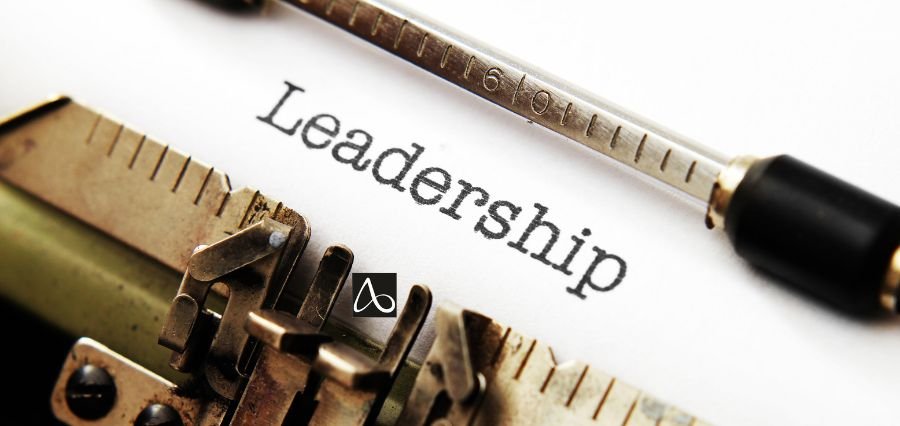leadership techniques are what make great leadership effective in today’s challenging business world. It is not so much about resource management or delegating tasks — it’s about inspiring, leading, and enabling success at every level within your team or organization.
Today’s leaders do not dictate but have to inspire people. In global small business enterprises, the practice of effective leadership techniques creates a culture of excellence, trust, and accountability. The following are the most important methodologies that constitute tough, durable leadership today.
Emotional Intelligence: Pillar Foundation of Leadership Techniques
The most important of the competencies for leadership are emotional intelligence. The empathic, self-aware, and socially sensitive leader are also more able to read people’s needs and manage conflict.
The second most core concepts of emotional intelligence as a leader are:
- Empathy: Listening and responding to members’ points of view.
- Self-regulation: Remaining calm and logical in pressure circumstances.
- Interpersonal sensitivity: Forming honest, trusting relationships.
High-performing leaders with these emotional skills build commitment and release more performance out of their employees.
Communication as Leadership Superpower
Every leadership style accomplishes something useful by means of effective and meaningful communication. One of the greatest leadership gimmicks is perhaps clarity, consistency, and context in communication.
Effective-leverage leadership communication:
- Clear expectations: Telling your employees what success looks like.
- Constructive feedback: Giving timely feedback that ignites progress.
- Open dialogue: Time for employees to give feedback, problems, and solutions.
By communicating better, you bring everyone on board and build mass momentum.
Flexible Leadership Techniques for a Time of Rapidly Changing Times
With change and chaos come rapid-fire changes in the workplace, technology, customers, and competitors. Leaders will be forced to cope with unpredictable markets, shifting technology, and fluid team structures — sometimes all three at once.
Flexible leadership techniques are:
- Situational leadership: Adapting style to the individual’s readiness and the situation.
- Agile decision-making: Resolute but adaptable in crisis.
- Continuing learning: Leading by example through questioning and development.
Flexible leadership techniques allow the leader to remain at the forefront while possessing the ability to guide their people effortlessly through the unknown.
Coaching and Mentoring: Developmental leadership techniques
Leaders aren’t only responsible for outcomes — they’re responsible for people. One of the strongest leaders’ strategies and most liberating is to add people-coaching and mentoring to your leadership.
Some of the most critical effective coaching methods:
- Individualized development: Coaching individual career goals and strengths.
- Positive loops of feedback: Reward and restore through positive correction.
- Mentor mind-set: Showing up not just as a boss, but also as a very respected mentor.
These growth-inducing habits develop leadership as legacy — future leaders from the inside out.
Empowerment Rather than Control: Radical leadership techniques
The legend is effective leadership is firm control. Reality dictates among the best leadership techniques are letting go to empower.
In developing empowerment:
- Delegate with intention: Greeting ability task delegation with trust.
- Empower autonomy: Trust members to initiate and decide for themselves.
- Reward initiative: Reinforce original thinking and problem-solving.
Empowered teams are more accountable, more engaged, and much more innovative — and leadership that sets them free is just the beginning.
Building Accountability with Healthy leadership techniques
Accountability isn’t micromanaging — it’s ownership. Leaders using accountability-based leadership techniques build a culture where everyone is responsible for the outcome.
Accountability-building practices:
- Things clearly defined: Prevent duplication and confusion by keeping things clear.
- Trusted follow-through: Self- and other-accountability build respect for each other.
- Regular check-ins: Keep projects on track without smothering control.
- Visionary Leadership: Strategy-Focused leadership techniques
Master leaders don’t just work today — they build tomorrow. Vision is likely the most motivating leadership techniques and brings short-term effort goal within a higher purpose.
To lead with vision
- Find your “why”: Connect everyday effort to something meaningful.
- Create a map: Break the vision into executable, doable steps.
- Take action on inspiration: Inspire your staff to perform better than they thought possible.
- A clear and compelling vision inspires a cause to care, commit, and contribute their best.
Strength and Humanity in New leadership Techniques
Our greatest leaders now are the human ones who are also hard. They are solid and compassionate, human and strategic. Withering old knowledge and new ways, they’re changing leadership culture to win.
The values of aligned leadership are some of the most significant, for example:
- Integrity: Continuing even when it gets difficult.
- Humility: Remaining open to learning and development.
- Courage: Firm decision-making with conviction and integrity.
These character strengths, being leveraged by conscious leadership techniques, have enduring positive effects on the people as well as results.
Final Thoughts: Step Beyond Your Impact with Tried-and-True leadership techniques
No model of leadership techniques more than there is for success: growing, coming together, growing with your people. And with vision and responsibility, coaching and communication, awesome leadership is the tapestry of strengths that emerge to interact with people, purpose, and growth.
As you become increasingly senior as a leader, remember this: it is not being the loudest voice in the room — it is being the one that provides the spark. And that is what great leaders do every day.




